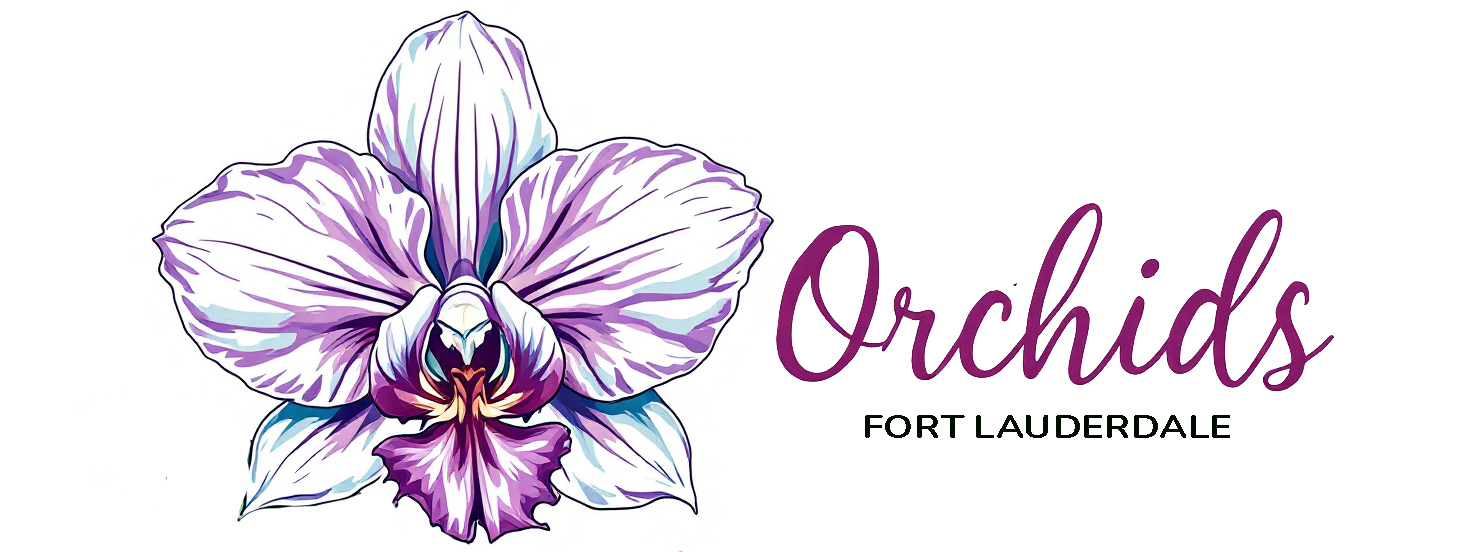
Florida’s climate presents a unique set of conditions that are highly favorable for the growth of orchids. As a subtropical region, Florida generally experiences warm temperatures throughout the year, which closely replicate the natural habitats of many orchid species. Average temperatures typically range from 70°F to 90°F, making it an ideal location for orchids that thrive in warmth.
Humidity is another critical factor that influences orchid cultivation in Florida. The state is characterized by its elevated humidity levels, often exceeding 60%. This moisture in the air is essential for the health of orchids, as it aids in their respiration and helps prevent the dehydration that can occur in drier climates. Orchids enjoy environments where humidity mirrors their native tropical and subtropical regions, where they typically receive ample moisture from their surroundings.
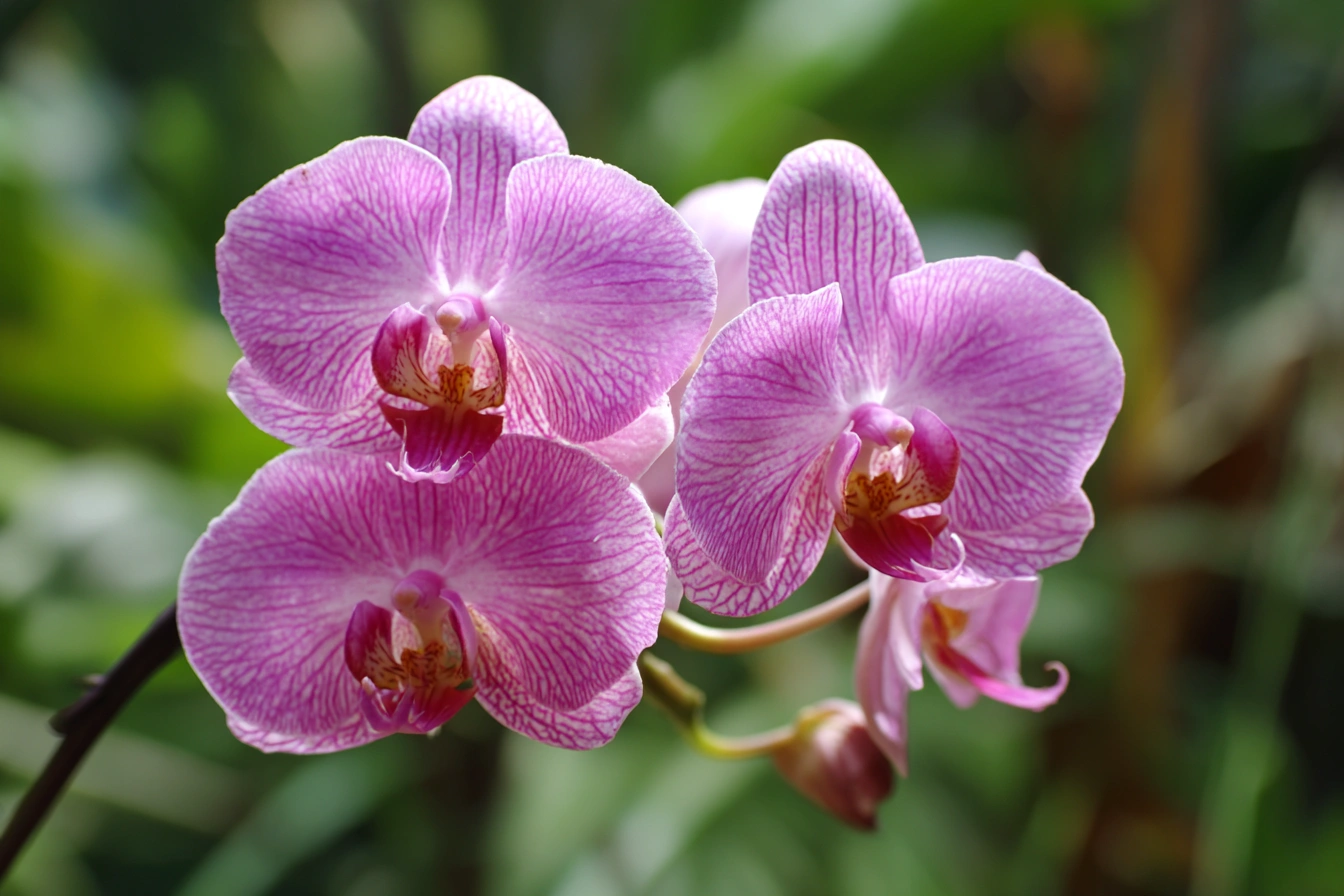
Moreover, varying light conditions across Florida further complement the needs of various orchid species. Areas with ample sunlight, especially in the morning, cater to the requirements of light-loving orchids while shaded areas provide safe spaces for those that prefer indirect sunlight. As such, gardeners have the flexibility to choose locations that best fit the specific light preferences of the orchids they cultivate.
By understanding these climate characteristics, Florida’s orchid enthusiasts can create optimal growing conditions tailored to their orchid varieties. The state’s warm temperatures, high humidity, and adaptable light conditions come together to create a nurturing environment where many popular orchid species can thrive. Ultimately, these factors collectively make Florida an attractive destination for orchid cultivation, encouraging both novice and experienced gardeners to explore this fascinating floral world.
Top Orchid Varieties for Florida Gardens
Florida’s humid subtropical climate provides an ideal environment for a range of orchid species to thrive. Among the most popular varieties suitable for Florida gardens are Phalaenopsis, Cattleya, and Oncidium. Each of these orchids possesses unique attributes that cater to the diverse gardening needs and preferences of Florida plant enthusiasts.
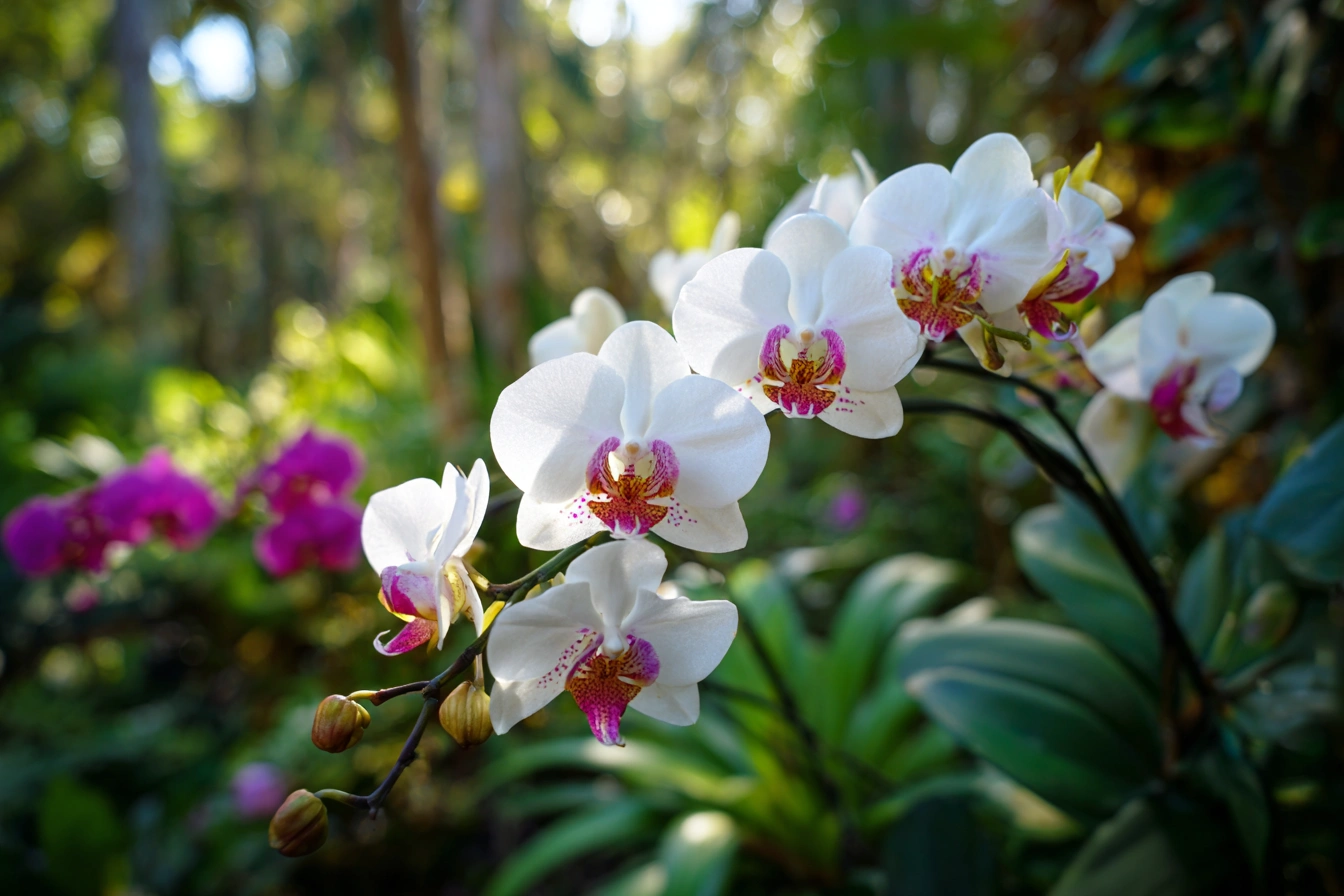
The Phalaenopsis, also known as the moth orchid, stands out for its stunning, long-lasting flowers. These orchids prefer warm, humid conditions, making them perfectly suited for Florida’s climate. They thrive in indirect sunlight and should be watered weekly, ensuring that the potting medium remains moist but not waterlogged. Phalaenopsis orchids can bloom multiple times a year with proper care, adding vibrant color to gardens or indoor spaces.
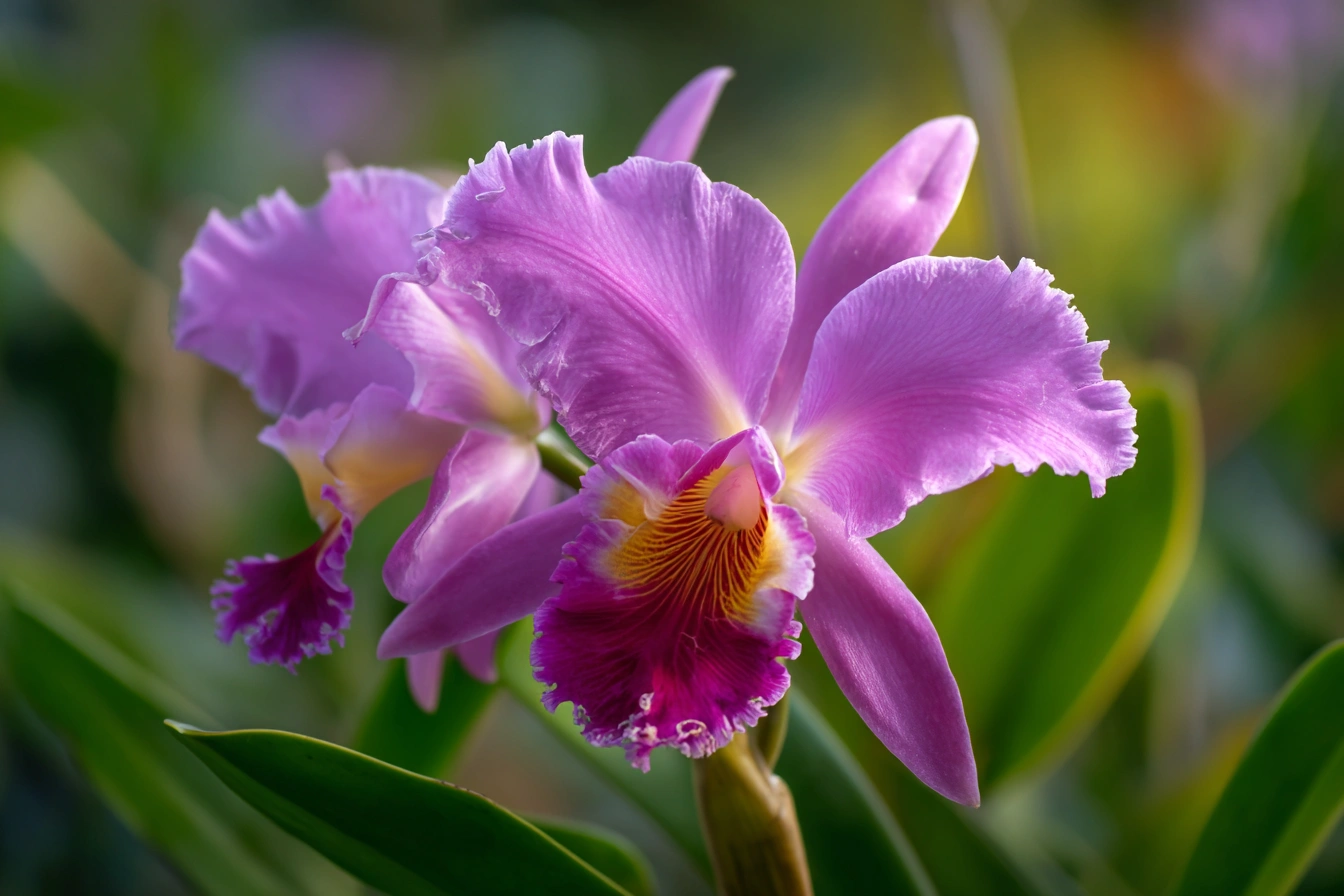
Cattleya, often referred to as the queen of orchids, is another excellent choice for Florida gardeners. Known for their large, fragrant flowers that bloom in a plethora of colors, Cattleya orchids are relatively hardy. They require more light than Phalaenopsis, ideally receiving bright, filtered sunshine. Cattleyas should be watered when their potting media becomes dry, generally every one to two weeks. Their growth habit tends to be upright and cluster-forming, making them a striking addition to any landscape.
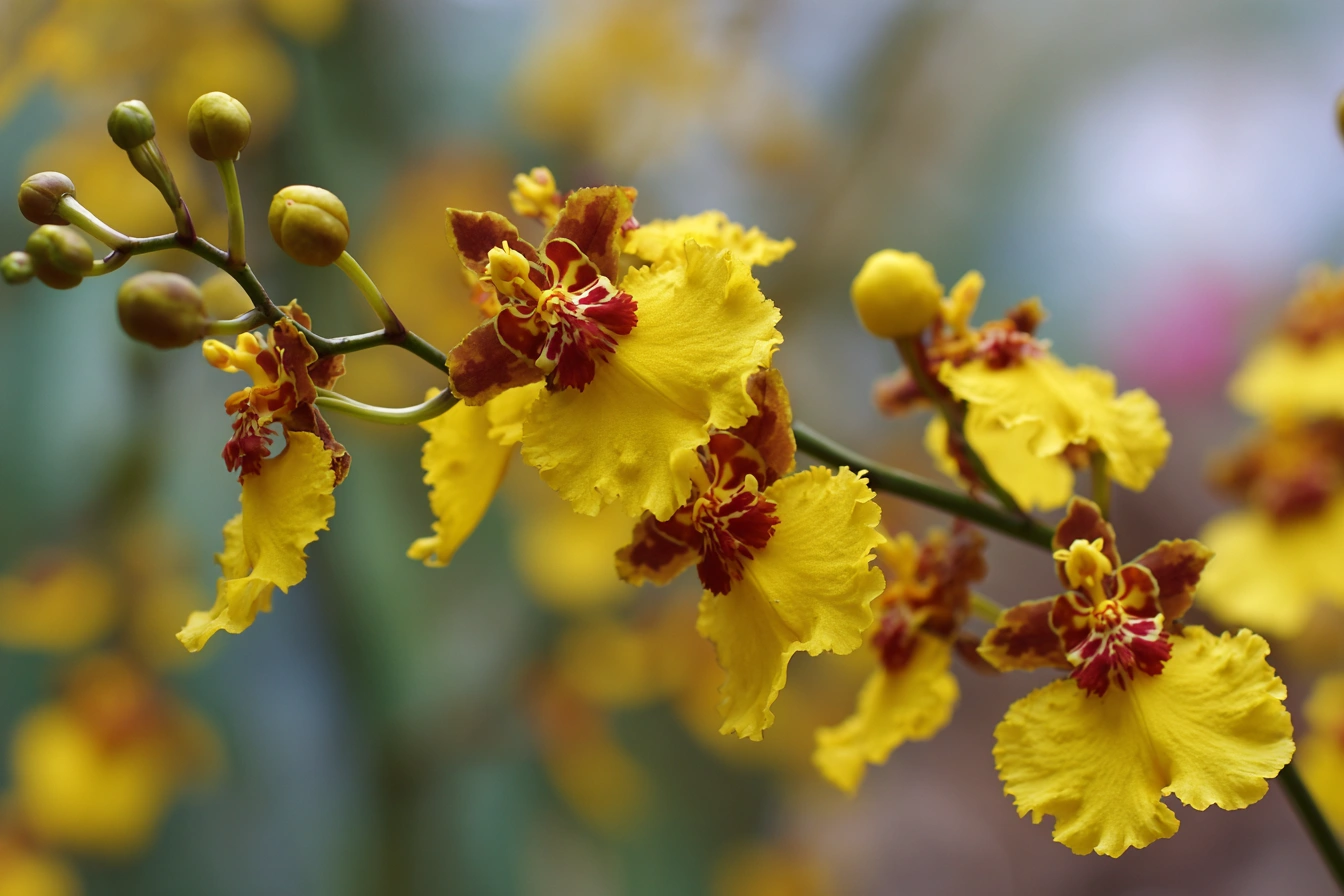
Oncidium orchids, commonly known for their dancing lady flowers, are particularly enjoyable due to their unique shapes and vibrant variations. They appreciate a bit more humidity and should be placed where they can receive indirect light. Oncidiums flourish with regular watering, particularly during their active growth phase in spring and summer. These orchids can tolerate a range of local conditions, making them suitable for both experienced and novice gardeners in Florida.
In summary, cultivating orchids in Florida provides a rewarding gardening experience. By understanding the specific needs of Phalaenopsis, Cattleya, and Oncidium orchids, gardeners can create a flourishing environment that showcases the beauty and diversity of these remarkable plants.
Caring for Your Florida Orchids
Orchids are a diverse and beautiful group of plants that can flourish in Florida’s tropical climate, provided they receive proper care. One of the most crucial aspects of orchid maintenance is watering. In general, orchids should be watered once the top inch of the potting medium feels dry. However, environmental factors such as humidity and temperature vary in Florida’s different regions, necessitating occasional adjustments to this routine. During the hotter months, watering may be required more frequently, while the rainy season may lessen the need.
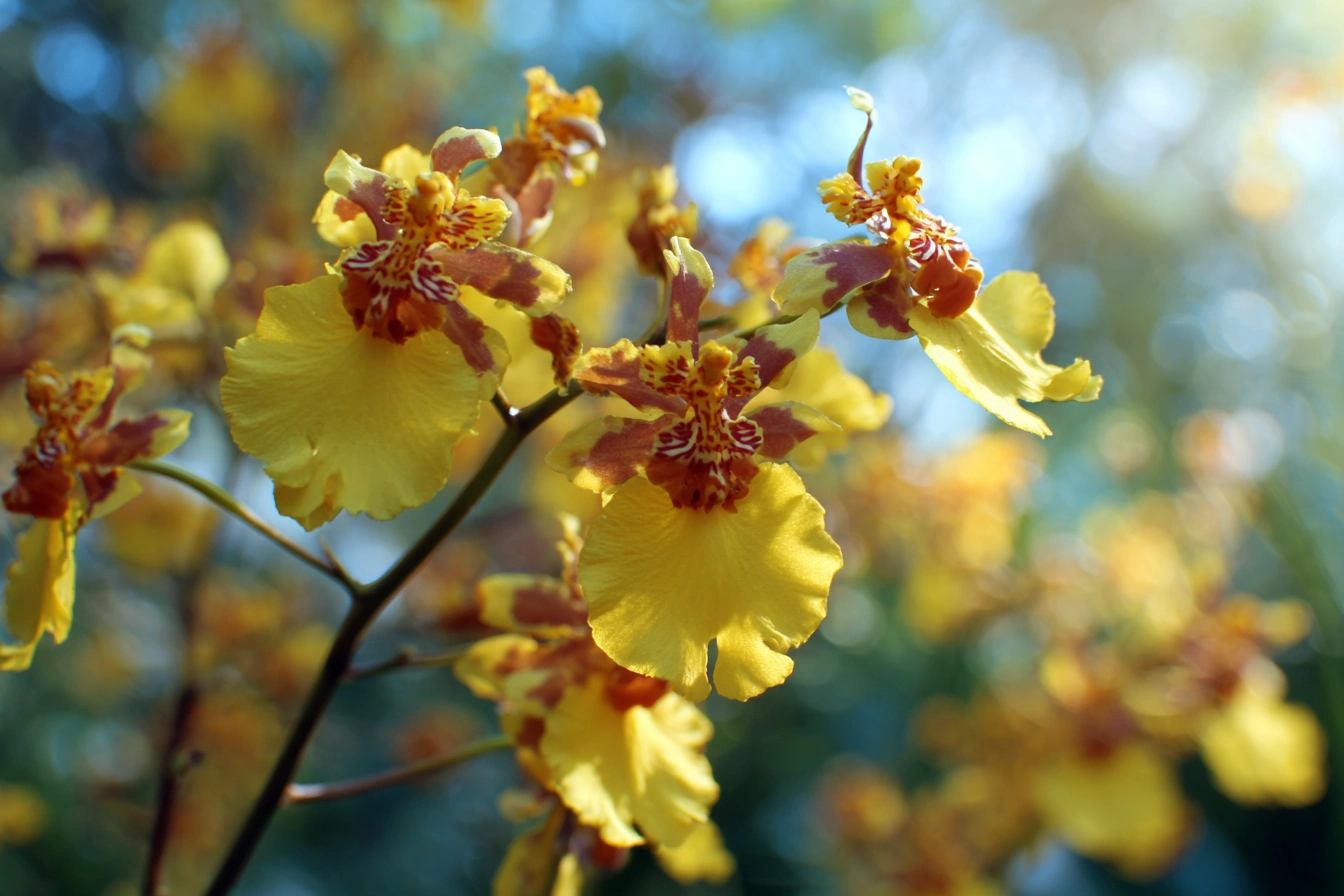
Fertilization is also vital for successful orchid growth. Utilizing a balanced fertilizer formulated specifically for orchids can help provide essential nutrients. A diluted solution of a 30-10-10 NPK fertilizer, applied every two to four weeks during the growing season, is often recommended. It is important to exercise caution and avoid over-fertilizing, as this can lead to salt buildup and harm your orchids.

Repotting is another key aspect of orchid care that helps maintain plant health. Orchids should typically be repotted every one to two years to refresh the potting medium and allow for growth. The best time for repotting in Florida is during the spring, when most orchids enter their active growth phase. After repotting, be attentive to your orchids for signs of stress, such as yellowing leaves or stunted growth, which may indicate environmental issues or lack of nutrients.
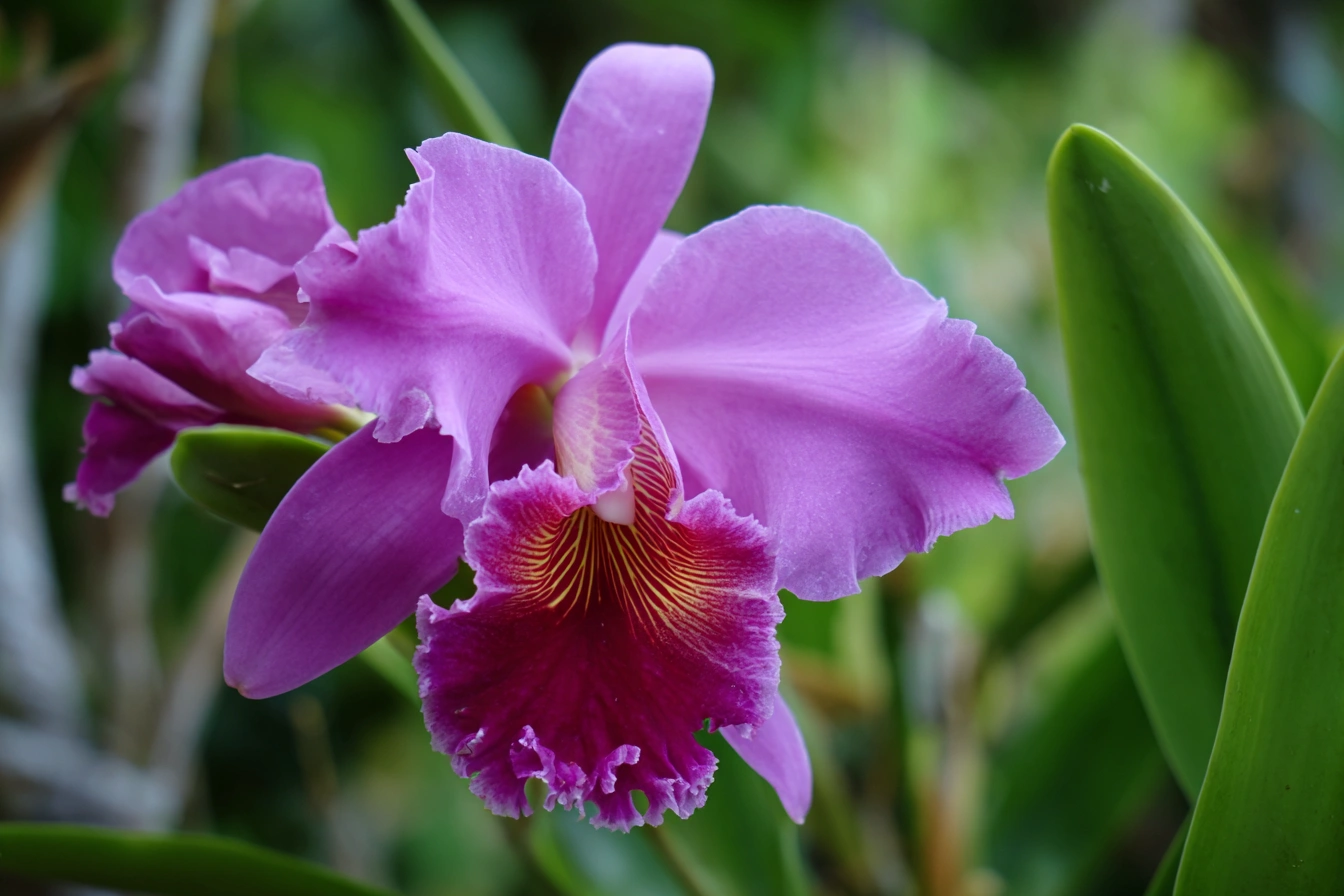
Pest control is integral to orchid care, as Florida’s warm climate can attract various pests. Regularly inspecting your plants for common threats like aphids, mealybugs, and spider mites is advisable. Introducing beneficial insects or using insecticidal soap can effectively mitigate infestations. Along with monitoring for pests, seasonal adjustments—such as protecting orchids from harsh sunlight during the peak of summer—help sustain health and vigor. Emphasizing these best practices ensures a thriving orchid collection in Florida.
Creating the Perfect Orchid Environment in Your Home
Successfully growing orchids indoors in Florida requires a keen understanding of their specific environmental needs. Central to orchid cultivation is the provision of adequate light, as these plants thrive best in bright, indirect sunlight. This can be achieved by placing your orchids near east or west-facing windows, where they can receive filtered light. If natural light is insufficient, especially during the cloudy months, utilizing grow lights can significantly enhance growth. LED or fluorescent lights are optimum, providing the right spectrum while minimizing heat output.
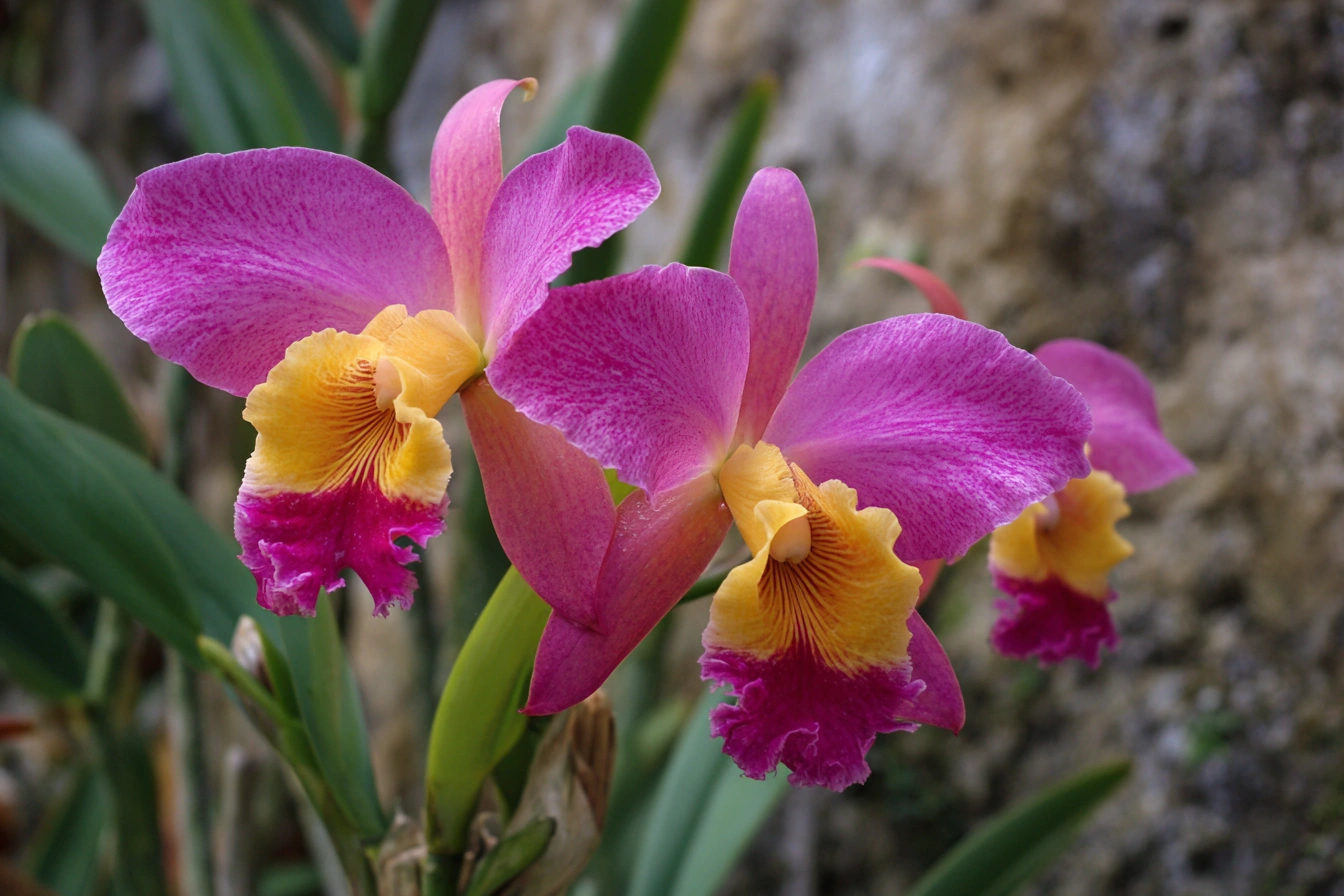
Humidity is another critical factor for orchids, which tend to flourish in environments with humidity levels between 40% and 70%. In Florida, maintaining these humidity levels can be challenging indoors due to air conditioning and heating systems. A reliable method for increasing humidity is to use a humidifier, particularly during dry seasons. Alternatively, placing a tray filled with water and pebbles beneath the orchid pots can help create a microclimate that retains moisture without waterlogging the roots.
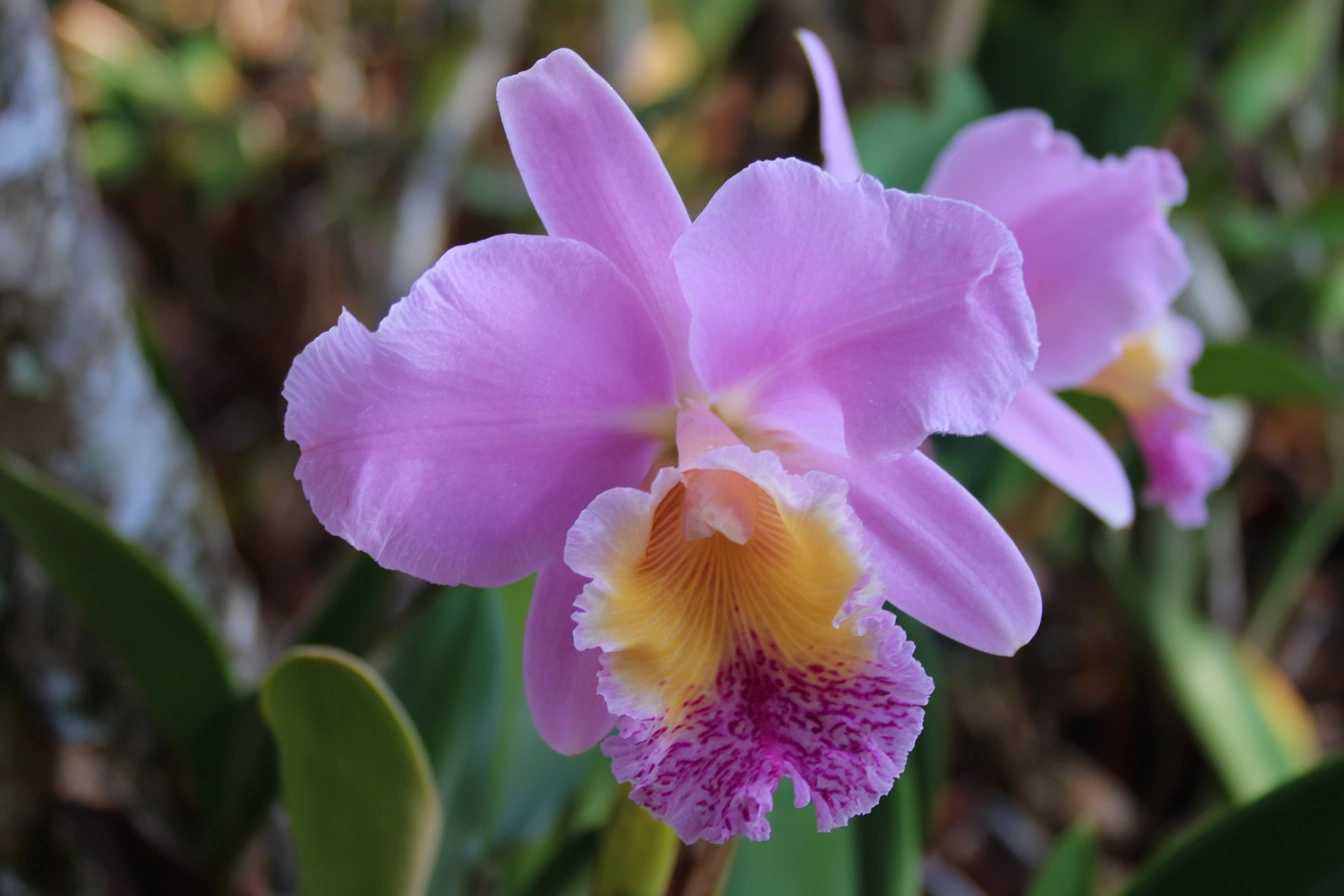
Temperature control is also vital for the healthy growth of orchids. Most species prefer daytime temperatures between 70°F and 85°F, with nighttime temperatures dropping by about 10°F. Ensuring proper ventilation is essential as well; overcrowded spaces can lead to stagnant air, making orchids susceptible to disease. When setting up your indoor garden, be sure to use well-draining potting materials such as bark, sphagnum moss, or coconut coir, which promote root health and prevent rot. Regularly monitoring these environmental factors and making necessary adjustments will significantly improve your orchids’ growth, allowing their beauty to flourish within your home.
